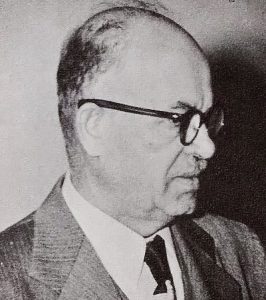HISTORY
WILLIAM DZUS, inventor and owner of the Dzus Fastener Company in West Islip, Long Island, New York founded the Ukrainian Institute of America, Inc. in 1948, for the purpose of promoting Ukrainian art, culture, music, and literature.
At that time, the Ukrainian Institute was located in the Parkwood Mansion in West Islip, Long Island.
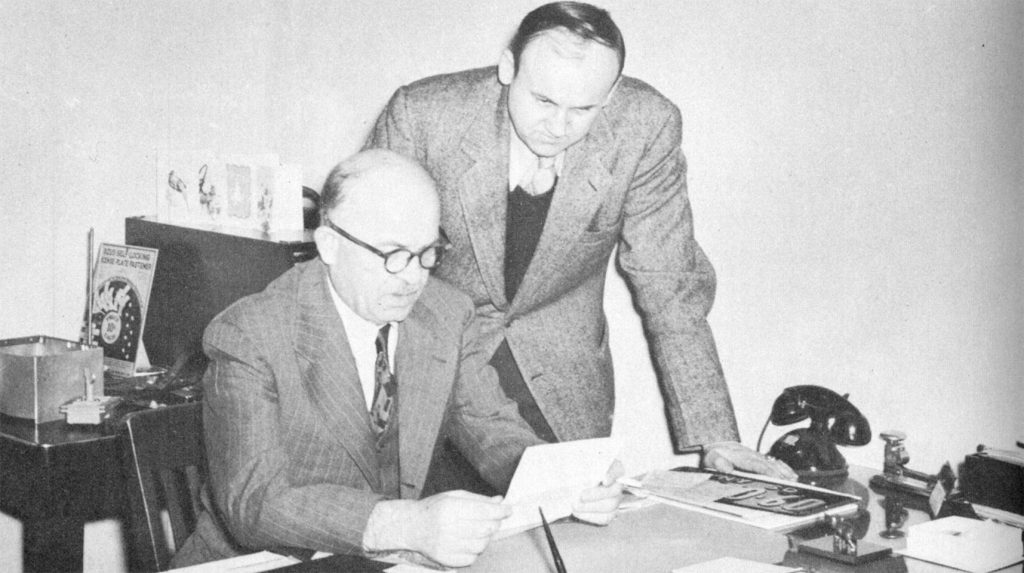
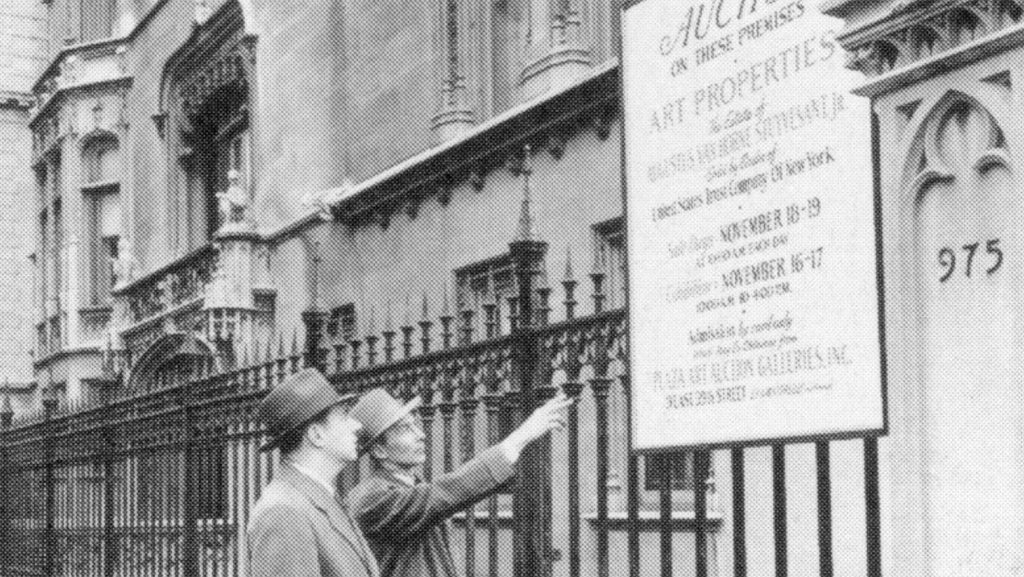
...
With increasing membership and growth, Mr. Dzus authorized Francis Clarke, treasurer of the Dzus Fastener Company, to look for new, larger quarters in New York City.
The capacious Fletcher-Sinclair Mansion, with its prestigious address and unique architectural style, was purchased in 1955 by the Ukrainian Insitute of America corporation with the charitable generosity and support of Mr. Dzus.
In June of 1962 the mortgage was paid off and subsequently the Ukrainian Institute of America attained landmark status.
The Ukrainian Institute of America is a 501(c)3 nonprofit organization. It holds events that uphold William Dzus’ aspirations and whose dreams are still very much alive and thriving.
THE FLETCHER-SINCLAIR MANSION
Mr. Fletcher and his wife Mary, lived in the house until his death in 1917. By the terms of his will the mansion was donated to the Metropolitan Museum of Art.
IN 1920, in order to create The Fletcher Fund for adding prints and drawings to the collection, the Metropolitan Museum sold the mansion to Harry F. Sinclair, founder of the Sinclair Oil Company. Sinclair and his wife Elizabeth left the french renaissance-style Mansion virtually untouched, other than having the Estey Organ Company install a three-manual, automatic roll player pipe organ in 1922.
In 1930 Sinclair sold it to Augustus Van Horne Stuyvesant, Jr., the last direct male descendant of New York governor, Peter Stuyvesant. A bachelor and recluse, Stuyvesant occupied the mansion with his unmarried sister until her death in 1938 then lived out his remaining years until 1953 with just a butler and footman to serve him.
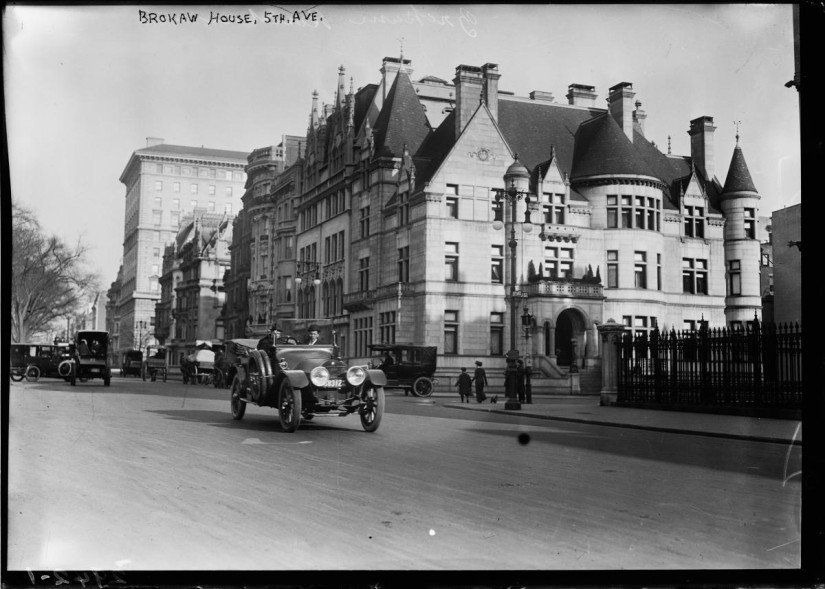
INSTITUTE PRESIDENTS

Kathy L. Nalywajko

Daniel G. Swistel
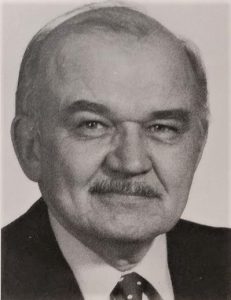
Jaroslav W. Kryshtalsky
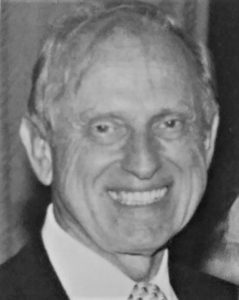
Walter Nazarewicz
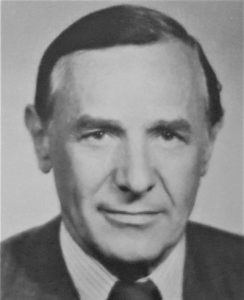
Walter I. Baranetsky

Walter Nazarewicz
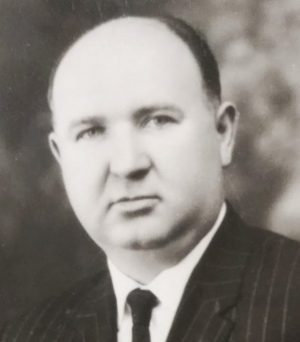
Theodore Dzus
